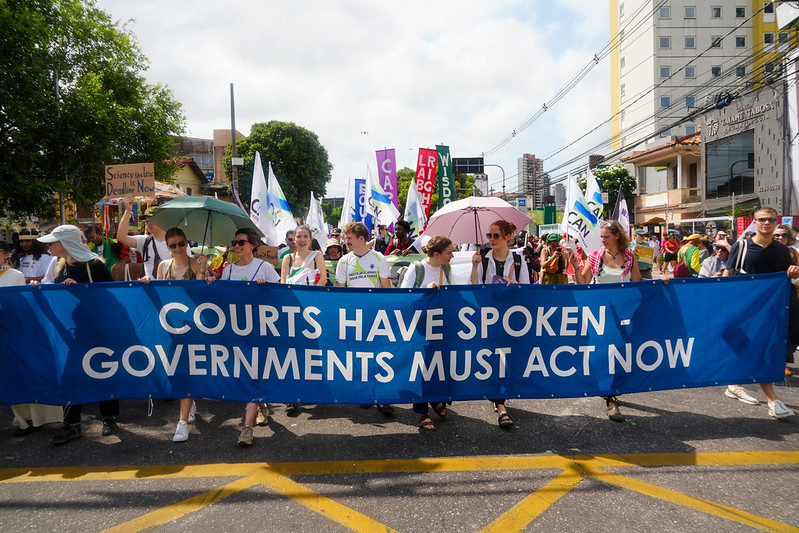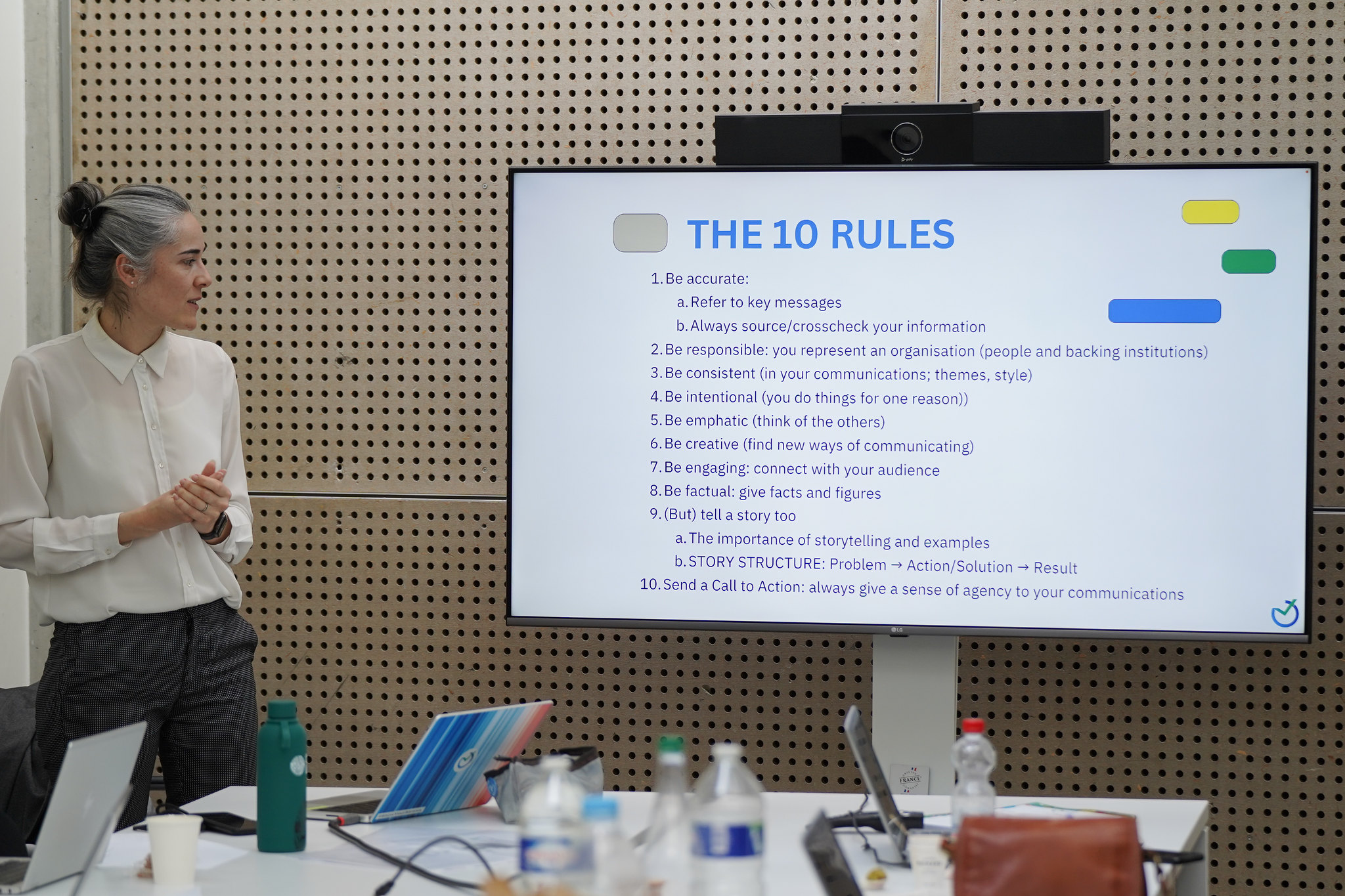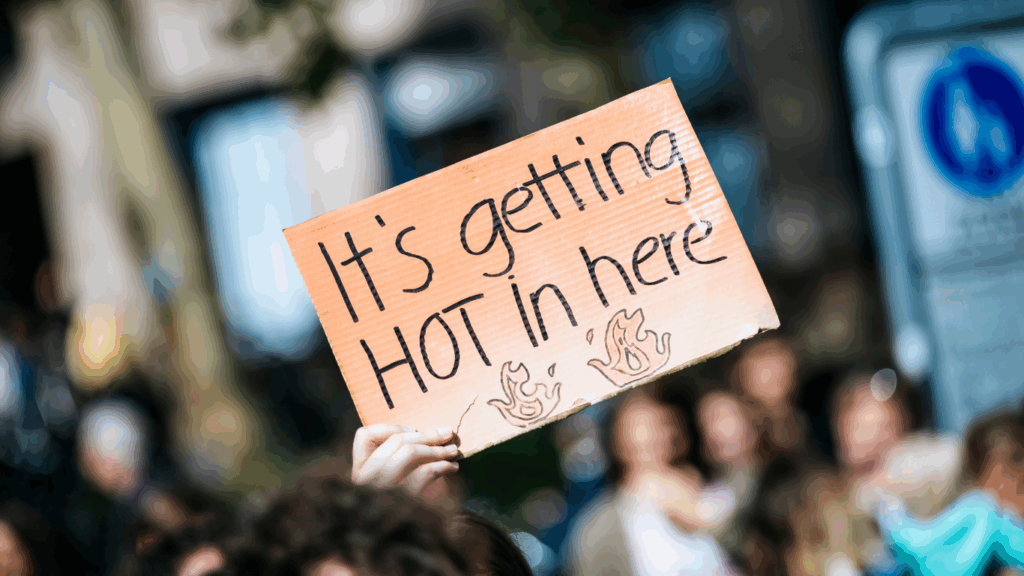COP30, held from 10 to 22 November 2025 in Belém (Brazil), concluded with a package of measures, the Belém Package, which will serve to advance multilateral climate action on key issues such as just transition, financing for adaptation, trade, gender and technology.
An accidental fire in the Blue Zone at around 2 p.m. on Thursday 20th forced the evacuation of the premises and interrupted negotiations for several hours until work resumed as normal later that evening.
The Brazilian COP presidency bid farewell by emphasising that the Belém conference should not be seen as an end point but as ‘the beginning of a decade of change’. So the question now is…
What can we expect from COP31?
An unusual agreement: Turkey as host, Australia chairing the negotiations
Before COP30 ended, countries had to agree on the venue for the next COP. After much competition between Turkey and Australia, both countries reached an unconventional agreement: COP31 will be held from 9 to 20 November 2026 in Antalya (Turkey), while Australia will assume the role of Presidency, with ‘exclusive authority in relation to the negotiations’. This type of division of duties is unprecedented in the history of the COP.
In addition, a pre-COP is planned in the Pacific, with the participation of island nations backed by Australia, to amplify the climate priorities of small island states.
Why this arrangement?
The underlying reason lies in how the COP presidency is chosen. The UN Framework Convention on Climate Change (UNFCCC) system establishes a geographical rotation between five regional groups: Africa, Asia-Pacific, Eastern Europe, Latin America and the Caribbean, and the ‘Western Europe and Others’ (WEOG) group. For COP31, it was the turn of the WEOG group, which includes both Turkey and Australia, albeit incongruously.
Due to the entrenched nature of the competition, both countries reached a compromise whereby Turkey will give visibility to its country and its climate solutions while ceding some of its diplomatic prominence to Australia. This unusual arrangement has been described as a ‘great triumph for multilateralism’ by its promoters.
COP32 on the horizon: It will be in Ethiopia
COP32 is expected to take place in 2027 in Addis Ababa, Ethiopia. Ethiopia was unanimously supported by the African Group, beating other candidates such as Nigeria.
With the COP in Ethiopia as the venue, it is hoped that the strategic importance of the African continent in climate action and environmental justice will be highlighted. In addition, African leadership is expected to provide a strong perspective on the challenges of climate change in the most vulnerable countries, as Ethiopia is part of the group of ‘least developed countries’ in UN jargon.
How does the COP presidency work?
To understand why agreements such as COP31 occur, it is helpful to explain how the chair and venue for each conference are determined:
- Regional rotation: The COP presidency rotates among the five UN groups (Africa, Asia-Pacific, Eastern Europe, Latin America and the Caribbean, and Western Europe and Others, WEOG).
- Country selection: Within the relevant region, countries submit bids to host the conference. Negotiations then take place to choose the host country and also the COP president.
- Different roles: Traditionally, the host country also assumes the presidency of the event (chairing the summit). However, as the agreement between Turkey and Australia shows, these roles can be separated: one country can host the physical COP and another can have more influence in the negotiations. This will also be the case at COP23, which was chaired by Fiji but held in Bonn (Germany).
- Role of the president of the negotiations: In the case of Australia for COP31, its role involves preparing draft decisions, leading facilitation processes and coordinating negotiations between the parties (countries), acting as a ‘technical-diplomatic leader’.
What can be expected in this new climate decade?

- Implementation rather than speeches: COP30 launched initiatives such as the Global Implementation Accelerator to help countries implement their national climate action plans or NDCs.
- Greater voice for vulnerable regions: With Australia leading negotiations and a pre-COP in the Pacific, the Pacific Islands could raise their adaptation and financing priorities.
- Emphasis on climate justice: Just transition was a pillar of the Belém Package, and with Turkey and Ethiopia taking on key roles, South-South cooperation and financing for adaptation could be strengthened.
- Diplomatic tension and ambition: Although the Belém Package was approved, there was criticism of its ambition (e.g., lack of mention and commitments to phase out fossil fuels).
COP30 was the first in which the entire Paris Agreement had already been negotiated, as the implementation of Article 6 on carbon markets was the last element under negotiation and had already been approved at COP29 in Baku. Although negotiations will continue at COPs, implementation and increasing global ambition are the most important underlying issues going forward.
Looking ahead to COP31 and COP32, two models of leadership are emerging: one shared and geostrategic (Turkey-Australia) and the other with the ambition of strengthening Africa’s role. The coming years will be decisive in translating agreements into real and fair action.




